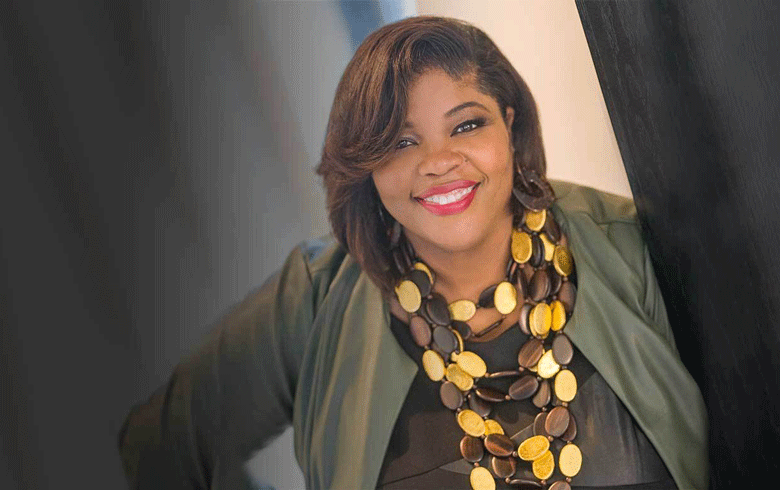An outsider might be baffled by Maine’s housing statistics. Some 70 percent of us own our own homes. Yet according to MaineHousing Director Dan Brennan, housing is now at “crisis levels we’ve never seen before.”
Brennan spoke at MaineHousing’s Oct. 20 conference, which the state agency hosts every other year. “We have a lot of work to do,” he said in his opening remarks.
Maine, too, has often been said to have the oldest housing stock in the nation, so though most own their homes, they also “own” substantial maintenance and weatherization challenges.
The parts of the country that are growing and are more economically stable are those areas that are more diverse.
And the 30 percent who rent have their own struggles, particularly since the pandemic.
Gov. Janet Mills also spoke at the conference’s opening, noting that she asked MaineHousing to create an emergency rental assistance program in April 2020 which helped 12,000 renter households and landlords get through the effects of the pandemic.
Mills and the legislature approved a plan to invest $50 million from federal stimulus funding in workforce and affordable housing, she added. She also pledged to help roll back local land use and zoning rules “that sometimes stand in the way” of efforts to build affordable homes.
And prices are trending in the opposite direction of affordable. According to the Maine Association of Realtors, prices for single-family homes in the state increased nearly 25 percent this year. The median home price is now $310,000.
There are some encouraging signs in the most recent census, Brennan noted. Maine remains the “whitest” state, but the percentage is now 91 percent, down from 95 percent a decade ago. Ethnic diversity is an economic driver, economists say, because non-white adults are more likely to start a business, work in the trades, and have families.
Eleven percent of state residents are at or below the federal poverty line, while 36 percent of African-American Mainers are impoverished.
Keynote speaker Dr. Tiffany Manuel, president and CEO of TheCaseMade, who works on community development, social change, and cross-sector partnerships, asserted that diversity “offers up so much opportunity,” and that a worthy goal for a state like Maine is for all people to “be thoughtfully included,” though she acknowledged that’s now an aspiration, not reality.
There’s a history of policies that have been exclusionary, she said, including NIMBYism, an opposition by those living in traditional neighborhoods to other forms of housing.
The parts of the country that are growing and are more economically stable are those areas that are more diverse, she said.
Maine is a rural state, Brennan told Manuel, and he asked her how, given that status, housing options for disadvantaged populations might be increased. Her answer turned the question on its head.
Being rural “can be an incredible advantage,” she said. “I think that’s a heck of of an advantage,” because in small communities, people know each other and can shape the discussion.
A key strategy is explaining to others “why housing helps us all,” she said.
Brennan asked about the role of asylum seekers and immigrants in housing initiatives, given that federal policy is often an impediment to serving that population.
If residents perceive those benefitting from housing policy as “outsiders,” she said, they will resent those group.
“That could be a potential fault line,” she said. “It’s really important you all tread really carefully around those issues.” But the goal that should be pursued is “building a stronger sense of ‘we.’”
Rather than asserting that “This many Mainers are paying over 30 percent of their income on housing,” she advised, a better approach is: “We’ve got 5,000 people in this small community” paying that much.
“What you want to do is get people excited about housing,” she said.





